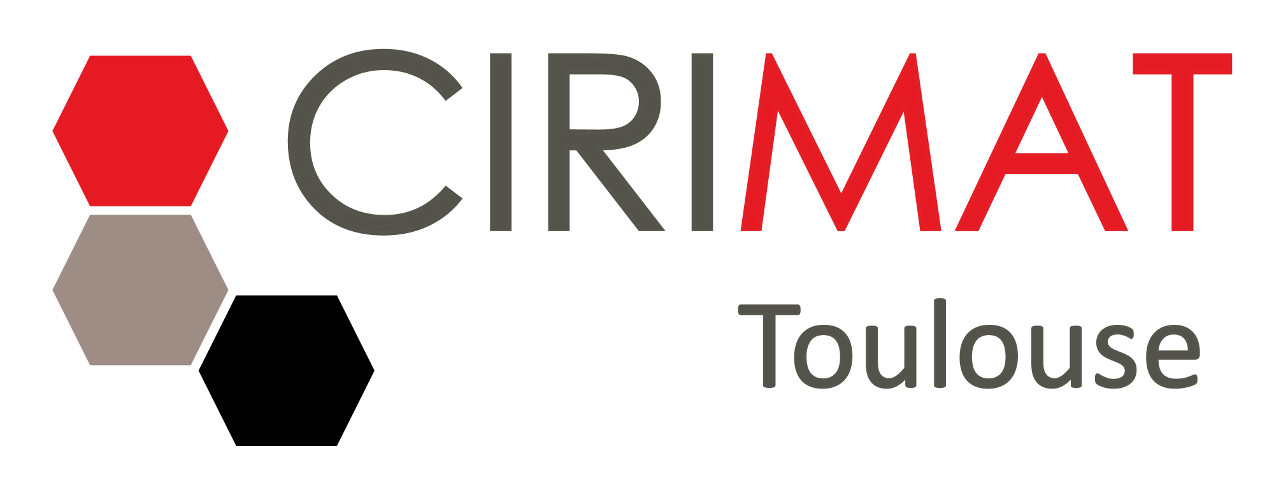SYNTHESIS AND PHYSICAL PROPERTIES OF g-C3N4: CNTS HYBRIDS FOR HYDROGEN PRODUCTION BY PHOTOCATALYTIC WATER SPLITTING
MATERIAL AND SURFACE SCIENCE

Lab: CIRIMAT
Duration: NanoX master Internship (8 months part-time in-lab immersion)
Latest starting date: 15/10/2025
Localisation: UNIVERSITE DE TOULOUSE
CIRIMAT Site UPS, UMR CNRS 5085
Bâtiment CIRIMAT
31062 TOULOUSE Cedex 9 - FRANCE
Supervisors:
Emmanuel FLAHAUT Emmanuel.flahaut@univ-tlse3.fr
Work package:
Solar-powered hydrogen production from water has emerged as a viable method for sustainable energy production. The pursuit of efficient and sustainable photocatalysts has led to significant interest in graphitic carbon nitride (g-C₃N₄) owing to its suitable band gap (Eg) in the visible region and its electronic properties. Certain limitations of the high recombination rate of g-C₃N₄ paved the way for designing composite materials including carbon nanotubes (CNTs) to increase the separation efficiency of the photogenerated electrons and holes. Previous works in our team have evidenced a clear interest for such an approach, with promising preliminary results [1].
In this new study, we propose to synthesize g-C3N4:double-wall CNTs hybrids by different ways (mixing, coating), and to compare their photocatalytic activity for water splitting, focusing on H2 evolution. The samples will be characterized by X-ray diffraction (XRD), scanning and transmission electron microscopy (SEM, TEM), specific surface area measurement (BET), X-ray Photoelectron Spectroscopy (XPS) and UV-Vis diffuse reflectance spectroscopy to measure the bandgap (UV-Vis DRS). The hydrogen production will be measured in collaboration with international partners (Poland). In addition, we will also investigate the potential of such hybrid nanomaterials for electrocatalytic water splitting, when increasing the ratio of carbon nanotubes. This experimental work seats at the interface between Materials Science, Physics and Nanoscience.

References:
[1] C. Moslah et al., "Metal-free hybrid heterostructures based on double-walled carbon nanotubes and graphitic carbon nitride for efficient hydrogen evolution in photocatalytic water-splitting reaction", to be submitted
Areas of expertise:
Nanomaterials, carbon nanotubes, graphitic carbon nitride, water splitting (H2 production)
Required skills for the internship:
Nanomaterials, Materials Science, Photophysics, Experimental skills.
